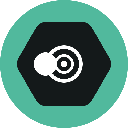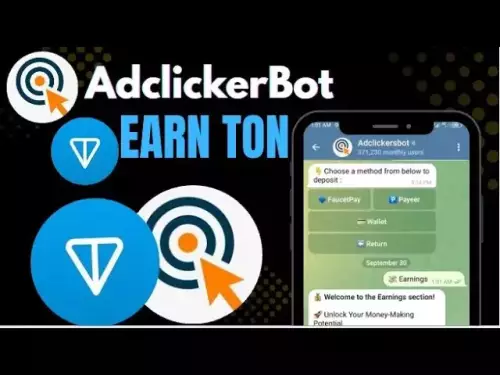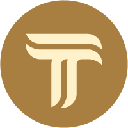-
 bitcoin
bitcoin $114779.865156 USD
2.30% -
 ethereum
ethereum $4226.519789 USD
2.39% -
 tether
tether $1.000545 USD
0.04% -
 xrp
xrp $2.890223 USD
0.92% -
 bnb
bnb $1030.029301 USD
2.95% -
 solana
solana $212.824944 USD
1.69% -
 usd-coin
usd-coin $0.999757 USD
0.01% -
 dogecoin
dogecoin $0.234961 USD
-0.27% -
 tron
tron $0.337174 USD
0.42% -
 cardano
cardano $0.804783 USD
0.09% -
 hyperliquid
hyperliquid $45.748770 USD
-2.85% -
 chainlink
chainlink $21.699170 USD
0.82% -
 ethena-usde
ethena-usde $1.001452 USD
0.08% -
 avalanche
avalanche $30.237800 USD
1.14% -
 stellar
stellar $0.372604 USD
1.52%
What is Optimistic Rollup of blockchain? How does it work?
Optimistic Rollup boosts blockchain scalability by processing transactions off-chain, reducing costs and maintaining security through fraud proofs and a challenge period.
Apr 27, 2025 at 04:56 pm
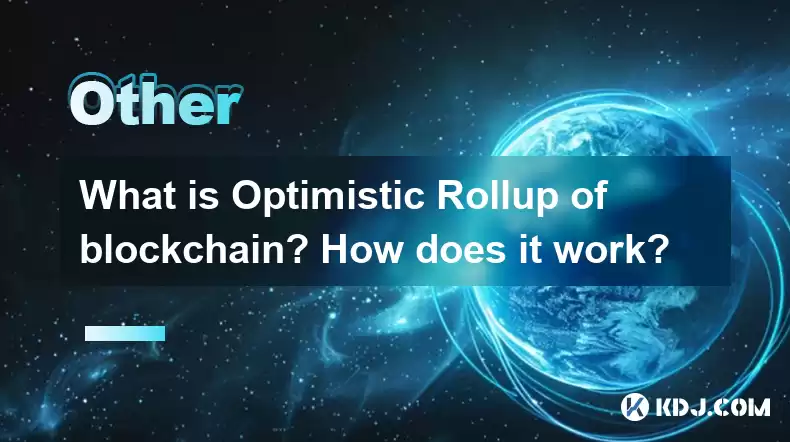
What is Optimistic Rollup of Blockchain?
Optimistic Rollup is a Layer 2 scaling solution designed to increase the throughput of blockchain transactions while maintaining the security and decentralization of the underlying blockchain. The term 'optimistic' refers to the assumption that transactions are valid by default, and only in case of disputes are they verified on the main chain. This approach significantly reduces the load on the main blockchain, enabling it to process more transactions per second.
How Does Optimistic Rollup Work?
Optimistic Rollup operates by batching multiple transactions off-chain and then submitting a summary of these transactions to the main blockchain. Here's a detailed breakdown of its operation:
Transaction Batching: Users submit transactions to the Optimistic Rollup network. These transactions are collected and bundled into batches.
Off-Chain Processing: The batches are processed off-chain by a network of nodes. This processing includes executing the transactions and updating the state of the system.
State Root Submission: After processing, the updated state root, which represents the new state of the system after executing the batch of transactions, is submitted to the main blockchain.
Fraud Proofs: The system operates under the assumption that all transactions are valid. However, if a user suspects fraud, they can submit a fraud proof to the main blockchain. This triggers a verification process where the disputed transactions are checked.
Challenge Period: There is a designated challenge period during which anyone can challenge the validity of the transactions in the batch. If no challenges are made during this period, the transactions are considered final.
Verification and Finalization: If a challenge is made, the disputed transactions are verified on the main blockchain. If the challenge is upheld, the fraudulent transactions are rolled back, and the correct state is restored.
Key Components of Optimistic Rollup
Several key components make Optimistic Rollup function effectively:
Sequencer: The sequencer is responsible for ordering and batching transactions. It plays a crucial role in ensuring the smooth operation of the system.
State Commitments: These are cryptographic commitments to the state of the system. They are used to ensure that the state can be verified and trusted.
Fraud Proofs: These are mechanisms that allow users to challenge the validity of transactions. They are essential for maintaining the integrity of the system.
Challenge Period: This is a time window during which transactions can be challenged. It is a critical component that ensures the security of the system.
Benefits of Optimistic Rollup
Optimistic Rollup offers several advantages that make it an attractive scaling solution:
Scalability: By processing transactions off-chain and only submitting summaries to the main blockchain, Optimistic Rollup can significantly increase the number of transactions processed per second.
Cost Efficiency: Since fewer transactions are submitted to the main blockchain, the cost of transactions is reduced. This makes it more economical for users.
Security: The use of fraud proofs and a challenge period ensures that the system remains secure. Any fraudulent activity can be detected and corrected.
Decentralization: Optimistic Rollup maintains the decentralized nature of the blockchain. It does not rely on a centralized authority to process transactions.
Use Cases of Optimistic Rollup
Optimistic Rollup can be applied in various scenarios within the cryptocurrency ecosystem:
Decentralized Exchanges (DEXs): By using Optimistic Rollup, DEXs can process a higher volume of trades with lower fees, improving the user experience.
Gaming: Blockchain-based games can benefit from the increased transaction throughput and lower costs, enabling smoother gameplay and more complex interactions.
Payment Systems: Optimistic Rollup can facilitate faster and cheaper transactions, making it suitable for payment systems that require high throughput and low latency.
NFT Marketplaces: The scalability and cost efficiency of Optimistic Rollup can enhance the functionality of NFT marketplaces, allowing for more transactions and lower fees.
Implementation of Optimistic Rollup
Implementing Optimistic Rollup involves several steps that need to be carefully executed:
Setting Up the Network: Establish a network of nodes that will process transactions off-chain. This involves setting up the necessary infrastructure and ensuring that the nodes are properly configured.
Developing the Sequencer: Create a sequencer that can efficiently batch and order transactions. This component is crucial for the smooth operation of the system.
Implementing State Commitments: Develop the cryptographic mechanisms that will be used to commit to the state of the system. This ensures that the state can be verified and trusted.
Creating Fraud Proofs: Design the fraud proof mechanism that will allow users to challenge the validity of transactions. This is essential for maintaining the integrity of the system.
Setting the Challenge Period: Determine the length of the challenge period. This period should be long enough to allow for thorough verification but short enough to ensure timely transaction finality.
Integrating with the Main Blockchain: Ensure that the Optimistic Rollup system can seamlessly interact with the main blockchain. This involves submitting state roots and handling fraud proofs on the main chain.
Frequently Asked Questions
Q: How does Optimistic Rollup differ from other Layer 2 solutions like ZK-Rollups?A: Optimistic Rollup and ZK-Rollups are both Layer 2 scaling solutions, but they operate differently. Optimistic Rollup assumes transactions are valid by default and uses fraud proofs for verification, while ZK-Rollups use zero-knowledge proofs to validate transactions before they are submitted to the main blockchain. This means ZK-Rollups can offer faster finality but may require more computational resources.
Q: Can Optimistic Rollup be used with any blockchain?A: While Optimistic Rollup can theoretically be implemented on any blockchain, it is most commonly used with Ethereum due to its widespread adoption and the availability of tools and infrastructure. Implementing it on other blockchains would require adapting the solution to the specific characteristics and requirements of those blockchains.
Q: What are the potential risks associated with Optimistic Rollup?A: One of the main risks is the possibility of fraudulent transactions going undetected during the challenge period. If a malicious actor manages to submit fraudulent transactions and no one challenges them within the designated time, those transactions could be considered valid. Additionally, the reliance on a sequencer could introduce centralization risks if not properly managed.
Q: How does the challenge period affect the user experience in Optimistic Rollup?A: The challenge period introduces a delay in transaction finality, which can affect the user experience. Users must wait for the challenge period to end before their transactions are considered final. This delay can be a trade-off for the increased scalability and lower costs that Optimistic Rollup provides.
Disclaimer:info@kdj.com
The information provided is not trading advice. kdj.com does not assume any responsibility for any investments made based on the information provided in this article. Cryptocurrencies are highly volatile and it is highly recommended that you invest with caution after thorough research!
If you believe that the content used on this website infringes your copyright, please contact us immediately (info@kdj.com) and we will delete it promptly.
- Bitcoin, Ethereum, and Correction Concerns: Navigating the Crypto Seas
- 2025-09-30 08:25:12
- ATH Crypto's $344M DePIN Treasury: Aethir's Bold Plan and Market Impact
- 2025-09-30 08:45:14
- XRP, Institutions, and ETF Filings: A New Era for Crypto?
- 2025-09-30 08:45:14
- Crypto Presales: Unveiling Growth Opportunities and the Quest for 100x Returns
- 2025-09-30 08:50:01
- China's Yuan Stablecoin: A Play to Challenge the Dollar's Digital Dominance?
- 2025-09-30 08:50:01
- Crypto Coins with 100x Potential: Navigating the Presale Opportunity Landscape
- 2025-09-30 08:50:01
Related knowledge

What is a token economy?
Sep 20,2025 at 12:18am
Understanding the Foundations of a Token Economy1. A token economy in the context of cryptocurrency refers to a system where digital tokens are used a...
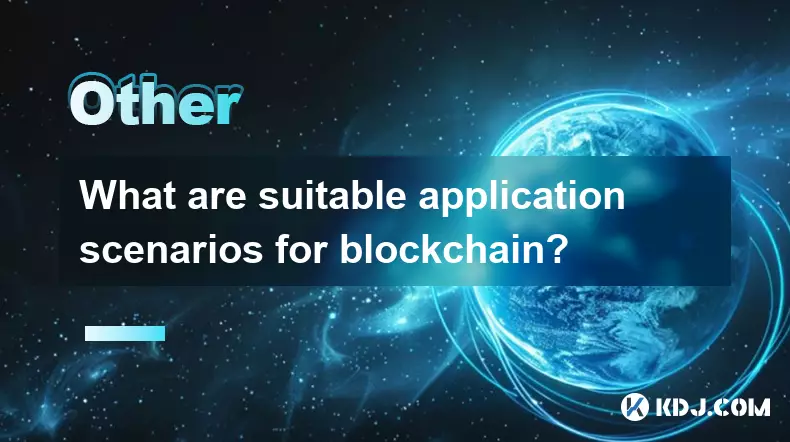
What are suitable application scenarios for blockchain?
Sep 20,2025 at 03:19am
Decentralized Finance (DeFi) Platforms1. Blockchain enables the creation of financial services without centralized intermediaries, allowing users to l...
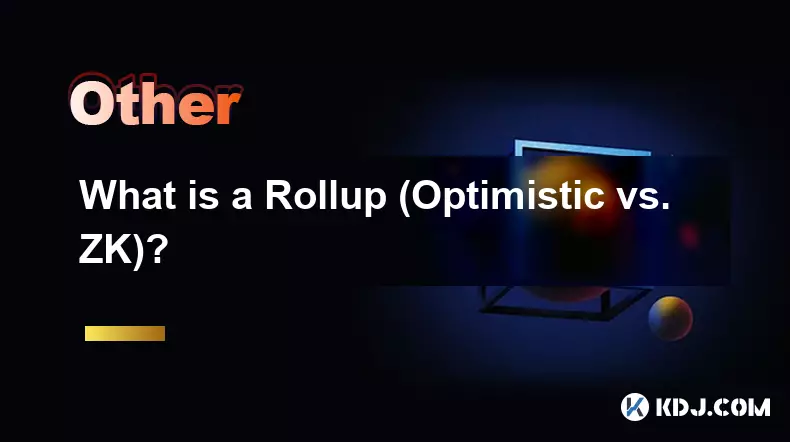
What is a Rollup (Optimistic vs. ZK)?
Sep 22,2025 at 03:00pm
Understanding Rollups in Blockchain Technology1. Rollups are layer-2 scaling solutions designed to increase transaction throughput on blockchains like...
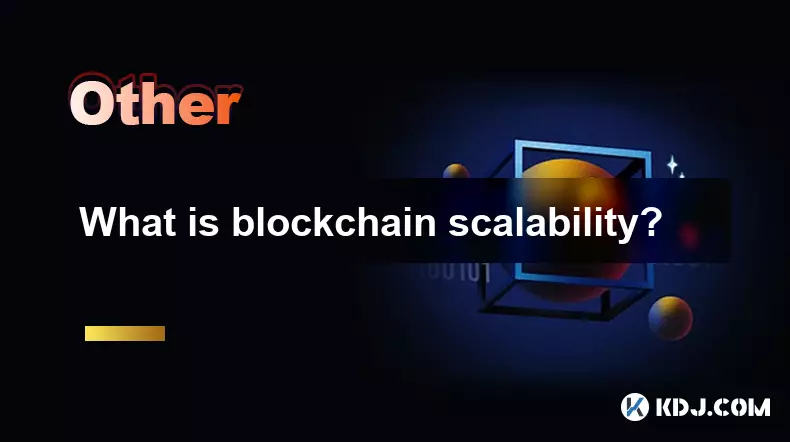
What is blockchain scalability?
Sep 19,2025 at 06:18am
Understanding Blockchain Scalability1. Blockchain scalability refers to a network's ability to handle an increasing number of transactions without com...
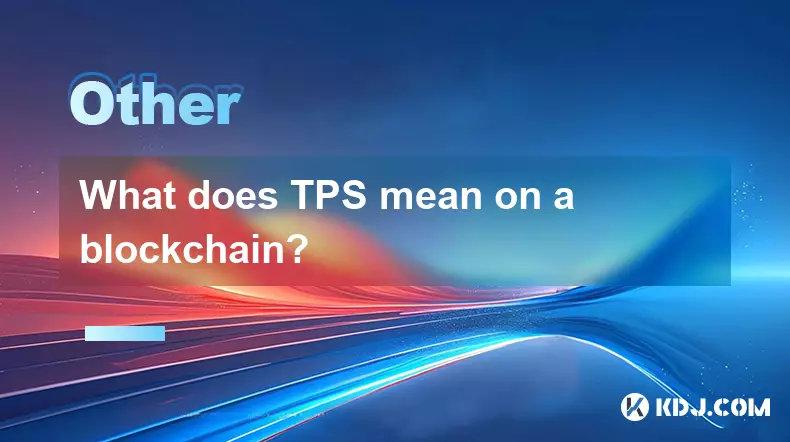
What does TPS mean on a blockchain?
Sep 21,2025 at 09:54am
Understanding TPS in Blockchain Technology1. TPS stands for Transactions Per Second, a metric used to measure the number of transactions a blockchain ...
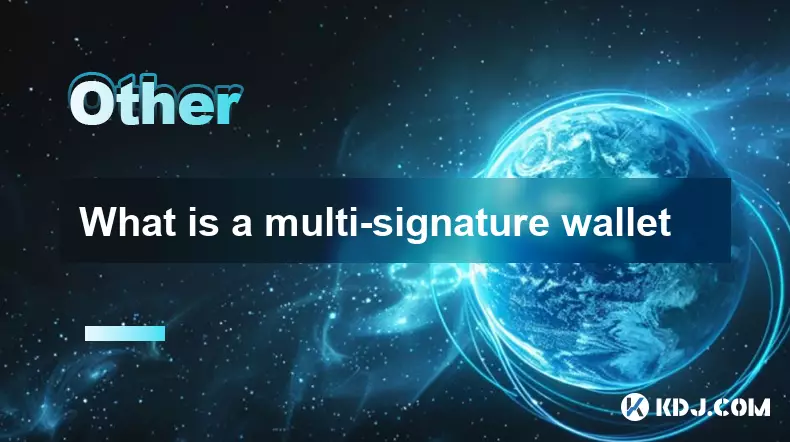
What is a multi-signature wallet
Sep 20,2025 at 07:00am
Understanding Multi-Signature Wallets in Cryptocurrency1. A multi-signature wallet, often referred to as a multisig wallet, is a type of cryptocurrenc...

What is a token economy?
Sep 20,2025 at 12:18am
Understanding the Foundations of a Token Economy1. A token economy in the context of cryptocurrency refers to a system where digital tokens are used a...

What are suitable application scenarios for blockchain?
Sep 20,2025 at 03:19am
Decentralized Finance (DeFi) Platforms1. Blockchain enables the creation of financial services without centralized intermediaries, allowing users to l...

What is a Rollup (Optimistic vs. ZK)?
Sep 22,2025 at 03:00pm
Understanding Rollups in Blockchain Technology1. Rollups are layer-2 scaling solutions designed to increase transaction throughput on blockchains like...

What is blockchain scalability?
Sep 19,2025 at 06:18am
Understanding Blockchain Scalability1. Blockchain scalability refers to a network's ability to handle an increasing number of transactions without com...

What does TPS mean on a blockchain?
Sep 21,2025 at 09:54am
Understanding TPS in Blockchain Technology1. TPS stands for Transactions Per Second, a metric used to measure the number of transactions a blockchain ...

What is a multi-signature wallet
Sep 20,2025 at 07:00am
Understanding Multi-Signature Wallets in Cryptocurrency1. A multi-signature wallet, often referred to as a multisig wallet, is a type of cryptocurrenc...
See all articles

















